One device, your smartphone, has gradually taken over the jobs of so many other devices. It’s so versatile that you probably don’t need any of the device categories it’s replaced.
10
Point-and-Shoot Cameras
For many people, point-and-shoot cameras were their first taste of digital photography. Now, your phone does it all—and with computational photography and AI-powered editing, it arguably does it better for the average person.
The real turning point was convenience. Smartphones offered a camera that was always with you, that didn’t require juggling memory cards or batteries. Even though early phone cameras were laughably bad compared to even a modest point-and-shoot, they eventually reached a point where image quality became “good enough” for Instagram, Facebook, or a quick family album.
And once that threshold was crossed, most people stopped seeing the need to carry a second device for photos, especially when the phone could also text, scroll, stream, and do just about everything else.
What catches me off guard, though (maybe you’ve noticed it too) is how point-and-shoots are slowly sneaking back onto the scene. A surprising number of people, especially younger folks, seem drawn to the simplicity of a camera that only takes photos. And I get it: it’s refreshingly distraction-free—just you, the camera, and the moment in front of you.
9
Pocket Calculators
I still remember my old TI-35 calculator. It was compact and scientific and, at the time, made me feel like I could solve anything short of nuclear equations. In school, it was a badge of preparedness, and the little green LED screen felt impossibly high-tech.
But these days, that same functionality lives inside the calculator app on your smartphone, alongside a whole scientific suite, graphing tools, and even symbolic math solvers. The irony is that calculators were once the disruptors, replacing slide rules and ushering in a new wave of accessible math. But now they’ve been disrupted in turn.
The only reason calculators still survive in classrooms is that phones are banned during exams. Otherwise, I don’t see anyone carrying around a standalone calculator when their phone can do the same math—and then some.
8
GPS Devices
Dedicated GPS devices like those from Garmin and TomTom were groundbreaking in their time, offering a slick alternative to folding paper maps. But smartphones have since redefined what navigation looks like.
Navigation apps like Google Maps and its alternatives deliver far more than turn-by-turn directions. They offer live traffic updates, smart rerouting, and even syncing with your contacts and calendar for seamless trip planning. Not to mention that with built-in search tools, your phone doubles as a local guide, helping you find gas stations, restaurants, and attractions on the go.
While there’s still a place for high-end GPS gear among truckers, boaters, and adventurers who need hyper-specific features, for most of us, the smartphone has won. And it’s not even a fair fight.
7
MP3 Players
I can still recall the pride I felt when holding my first MP3 player. It was a chunky Creative Zen with a tiny screen and just enough space for a few dozen songs. I loaded it with everything from high school heartbreak songs to weird B-side discoveries I was convinced no one else knew.
However, once smartphones arrived with music streaming apps like Spotify, Apple Music, and YouTube Music, the idea of “owning” MP3s began to feel a little quaint; maybe even unnecessary. Access quickly replaced ownership. Even when we store (download) music, MP3 isn’t always the format of choice anymore. AAC, FLAC, and other high-efficiency or lossless formats have taken over, offering better quality and compression.
6
Alarm Clocks
There was something oddly comforting about the soft red glow of a digital alarm clock on the nightstand. I grew up with one that had physical buttons you had to press down with real commitment, and a snooze bar that felt like a lifeline on school mornings.
But once smartphones entered the bedroom, alarm clocks quietly got pushed aside. Now, your phone serves as an alarm clock, sleep tracker, white noise machine, and nightstand entertainment system all rolled into one. You can set multiple alarms, customize snooze intervals, choose from hundreds of wake-up sounds, and your phone even updates automatically for daylight saving time. It’s hard to argue with that level of convenience.
Still, not everyone’s a fan. Sleep researchers and wellness enthusiasts have a point when they suggest removing your phone from the bedroom entirely. A basic alarm clock doesn’t tempt you into scrolling through social media at midnight or checking work emails before your eyes are even fully open.
5
Flashlights
For most people, the smartphone’s LED flash has quietly replaced the traditional flashlight. It’s hard to beat the convenience of having a light source that’s always in your pocket, ready to help you find your keys, deal with a sudden blackout, or peer under the couch without scrambling for a separate device.
However, this is one of those rare cases where the real-deal device still wins out. A dedicated flashlight casts way more brightness, offers better beam control, and lasts far longer on a charge (or good ol’ batteries). It’s also built to take a beating, which matters when you’re under a car, out in the woods, or prepping for emergencies. There’s also a big practical consideration: if something’s going to take a tumble onto concrete, it should be a $30 pocket light rather than your $1,000 phone.
4
Voice Recorders
There was a time when a pocket-sized digital voice recorder was a must-have for students, journalists, or anyone chasing a fleeting song lyric or idea. It was straightforward: just press record, speak your mind, and you’re done.
These days, though, I don’t think twice when I need to jot down a podcast thought, capture a random conversation, or save a passing idea. I just open a voice memo app. Thanks to better built-in mics and the quiet magic of AI noise reduction, the sound is often cleaner than anything those old recorders could handle. And I can edit, transcribe, or share the file without even switching apps.
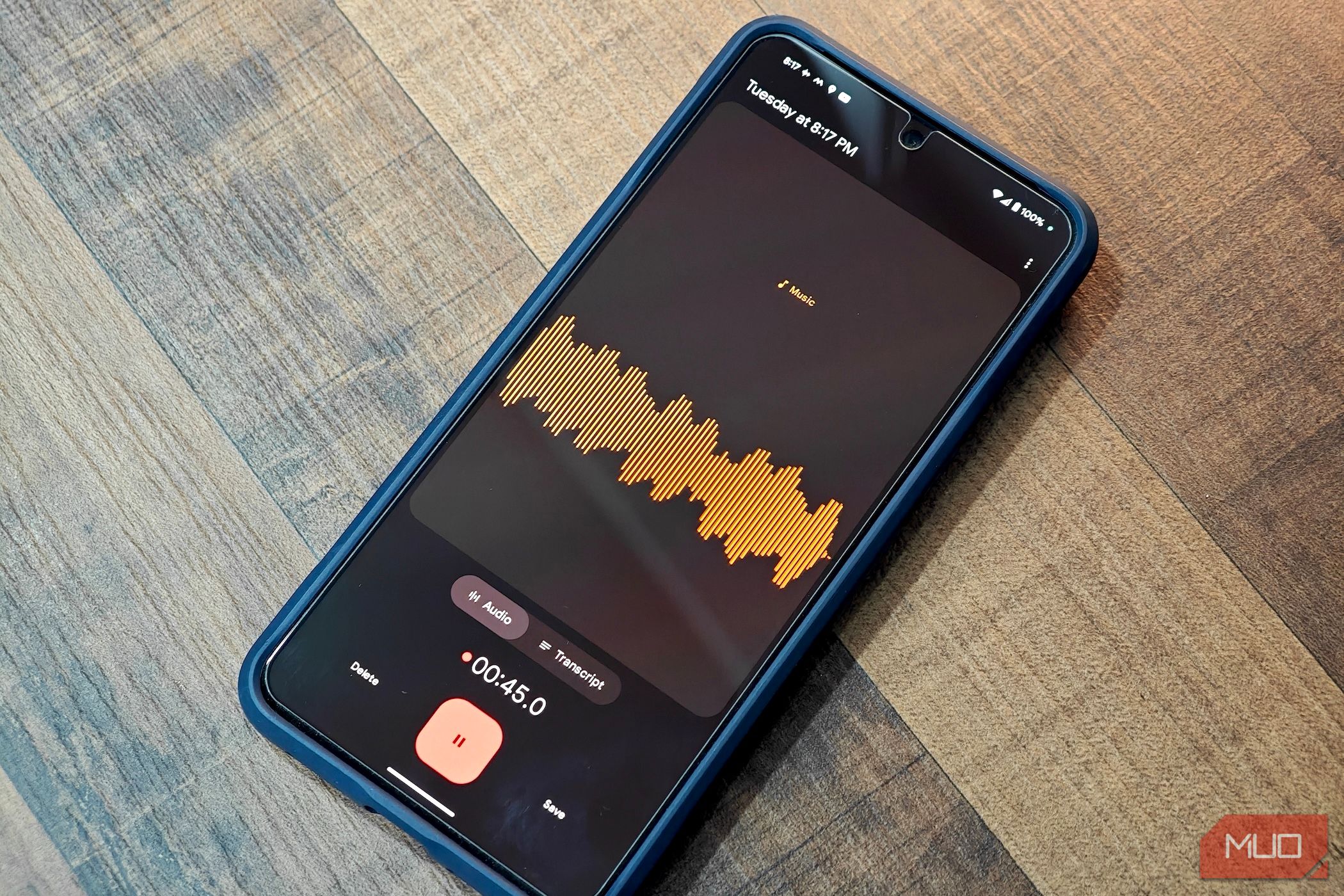
Related
I Ditched the Stock Android Voice Recorder for This App
It wasn’t even close.
Many apps now go far beyond simple recording. You get various file format options, timestamps, labels, and seamless integration with note-taking tools and cloud storage. Everything’s organized, searchable, and instantly available across devices. It’s hard to imagine going back.
3
Scanners
I used to groan at the thought of scanning something because it meant hauling out a clunky flatbed scanner, launching sluggish software, and crossing my fingers that the image wouldn’t come out crooked or grainy—all that effort to digitize a receipt or save a signed form.
Now, your smartphone can scan documents and make them look good. Scanner apps like Adobe Scan, Microsoft Lens, CamScanner, or even the built-in Notes app can scan, auto-crop, enhance, and convert images to PDF in seconds. The quality is often sharper and more balanced than what I used to get from a traditional scanner.
Of course, standalone scanners still have their place in high-volume or archival settings. But for everyday use, a phone is more than enough.
2
Personal Digital Assistants
Do you remember the Palm Pilot, with its stylus and a grayscale screen? It couldn’t make calls or take photos, but it could manage your calendar, jot down notes, store contacts, and even play the occasional pixelated game of solitaire.
By today’s standards, those early PDAs seem primitive, but they laid the foundation for the smartphones we now rely on daily. Every swipe, tap, or “Hey Siri” traces back to those early proto-smartphones (in a way). They walked so that the smartphones we have now could sprint—and we’ve been in a full-on marathon ever since.
1
E-Reader Devices
This category calls for a more nuanced take because dedicated e-readers, like the Kindle, haven’t disappeared. In fact, they’ve held their own. However, smartphones have replaced basic e-reader functionality for many casual readers. The ability to read books, magazines, and articles on your phone, especially with the best eBook reader apps and various news apps, has made reading more accessible and integrated into daily life.
That said, there’s something undeniably special about a dedicated e-reader. E-ink screens mimic the look of real paper, which makes long reading sessions far easier on the eyes. They last for weeks on a single charge, work great in direct sunlight, and won’t bombard you with pings, ads, or tempting distractions. When you want to truly sink into a book, a dedicated e-reader is still the more meditative, focused way to do it.
The smartphone reshaped our relationship with technology, rather than simply replacing individual devices. What used to require a bag full of single-purpose gadgets is now handled by one all-in-one device that fits in your pocket. This is great in so many ways, though it also makes some yearn for the past.

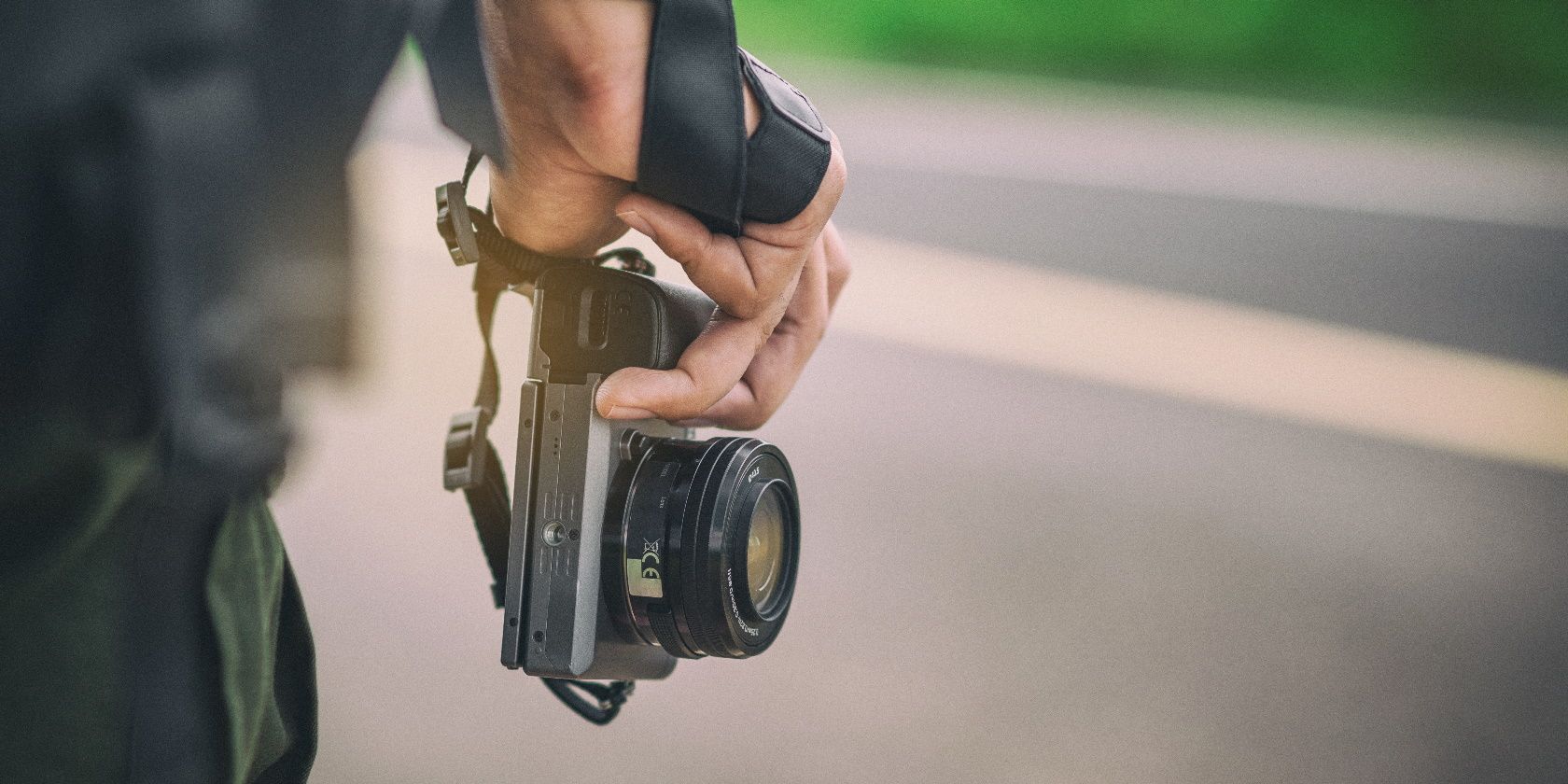
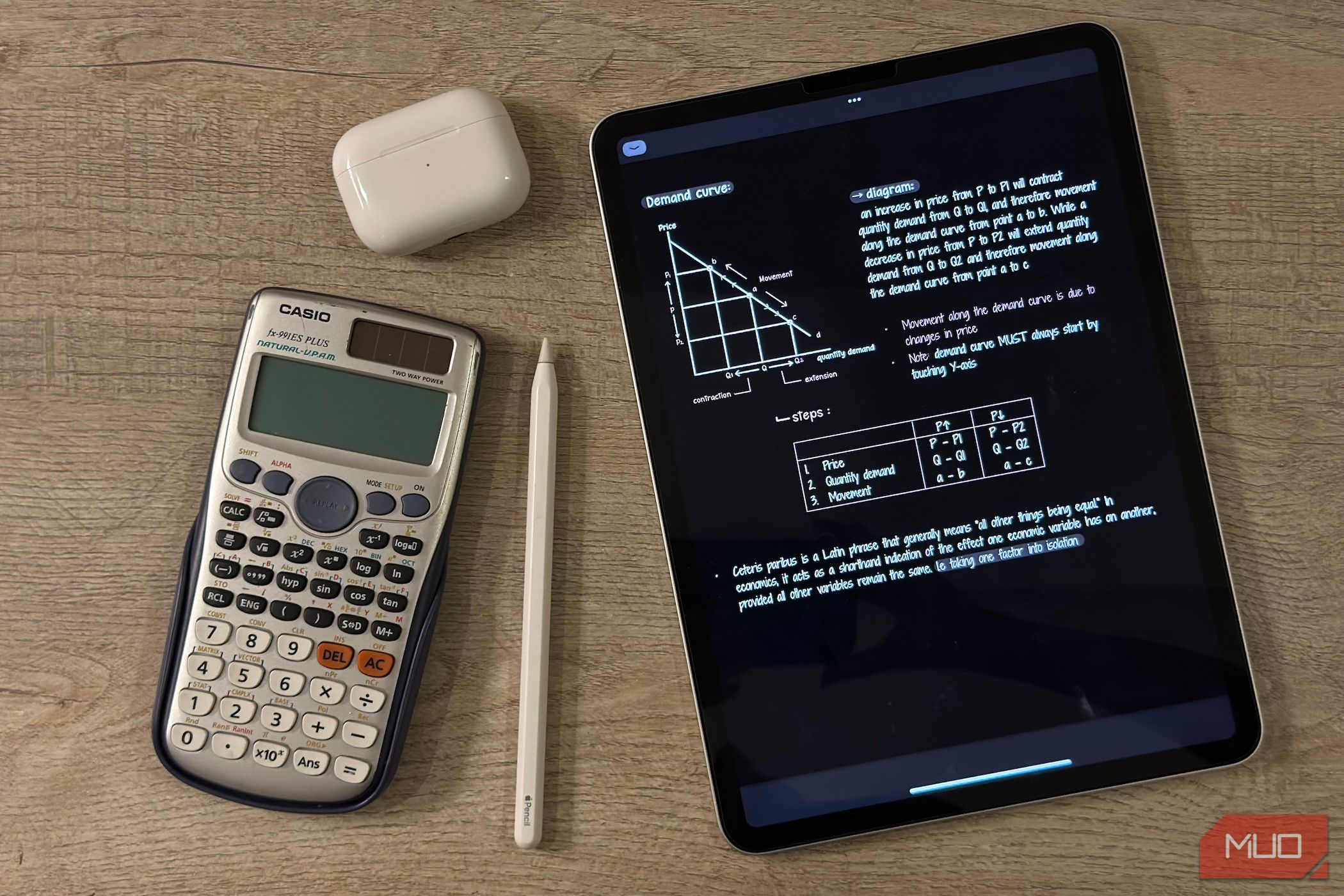
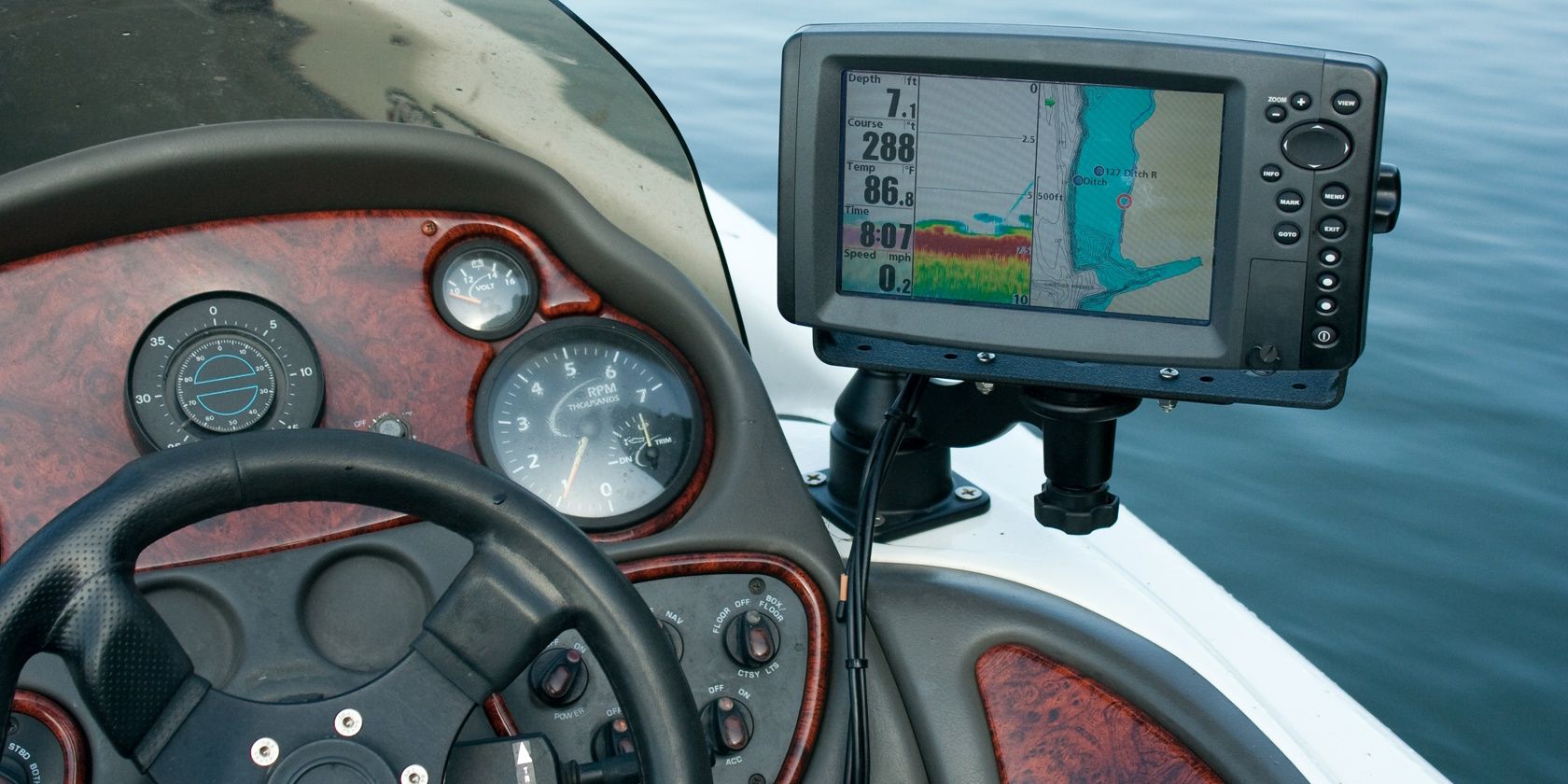
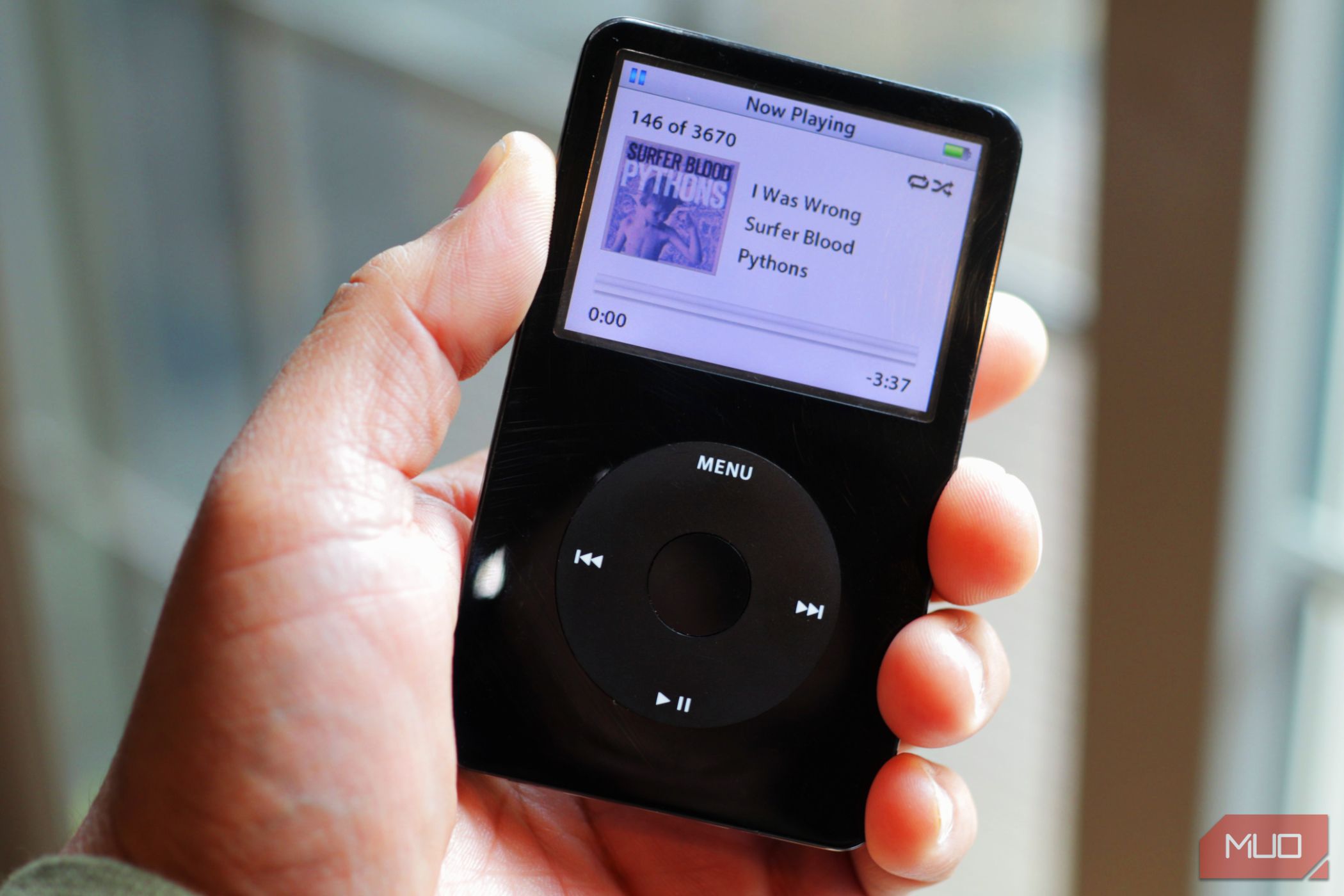
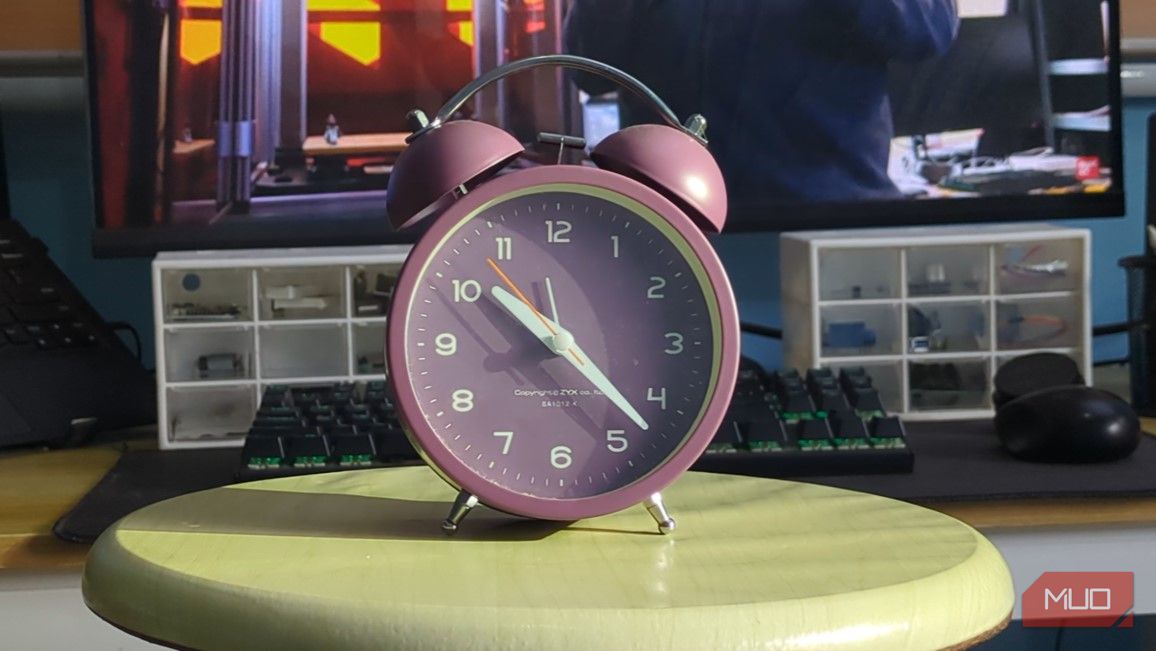
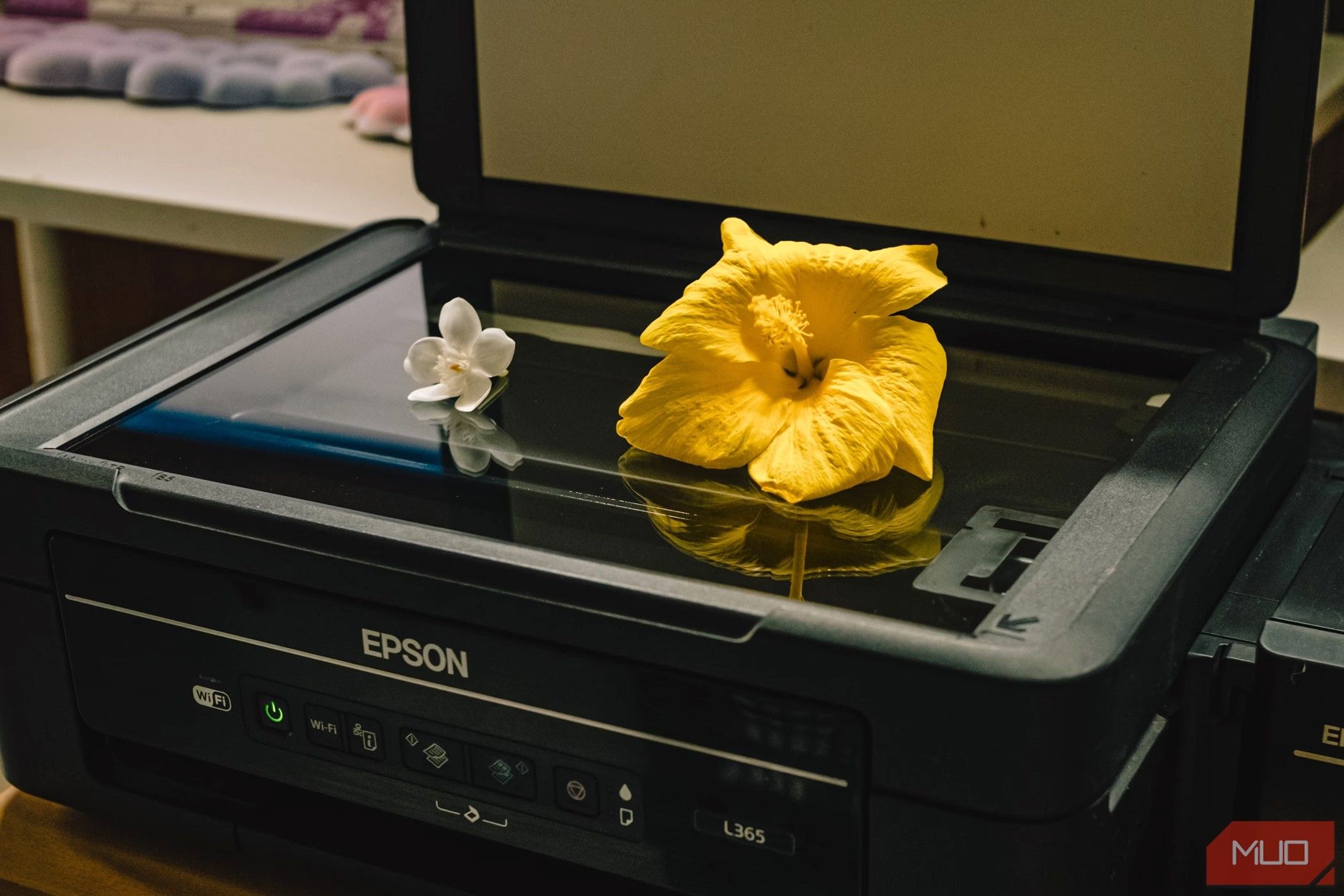
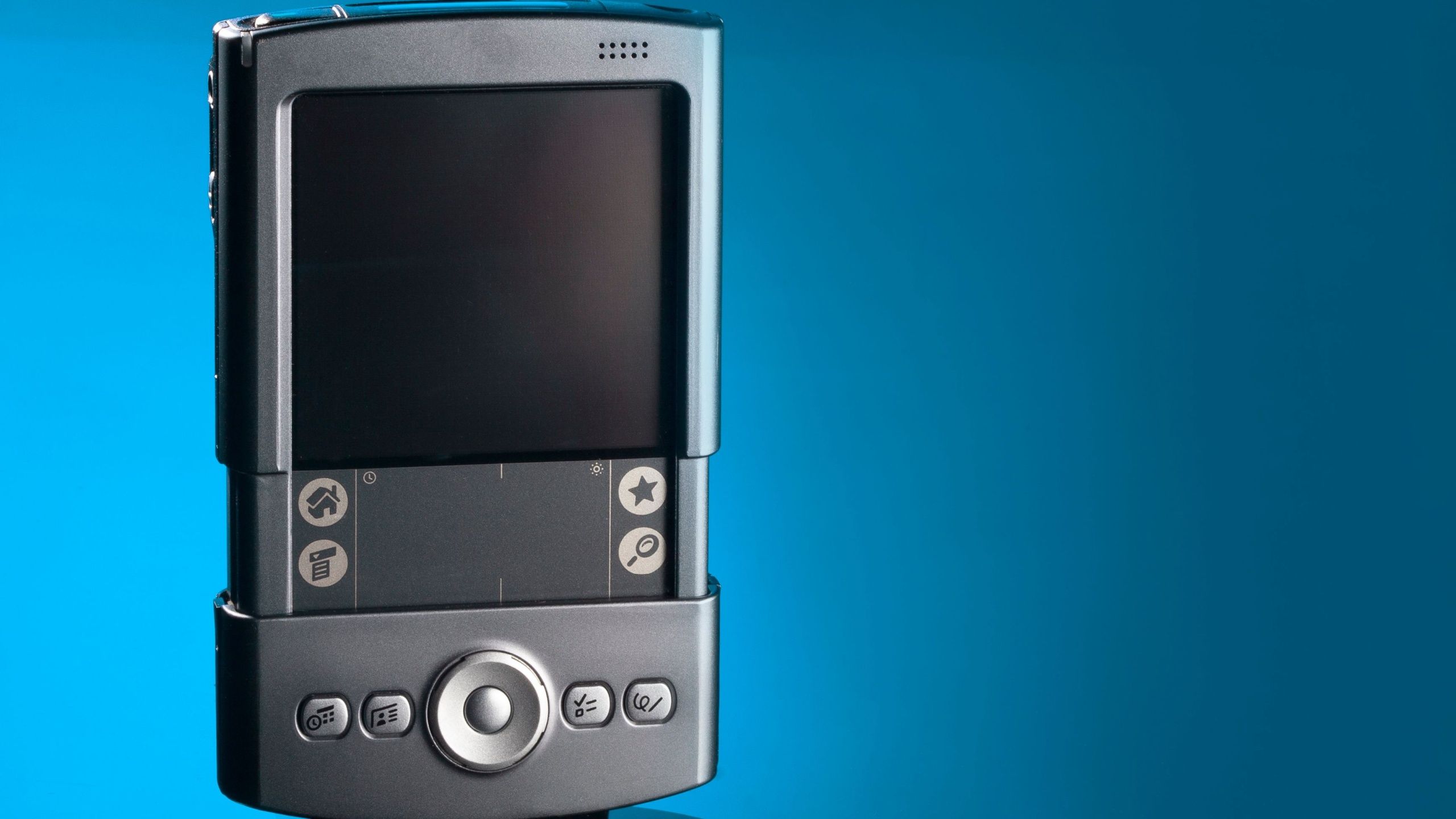
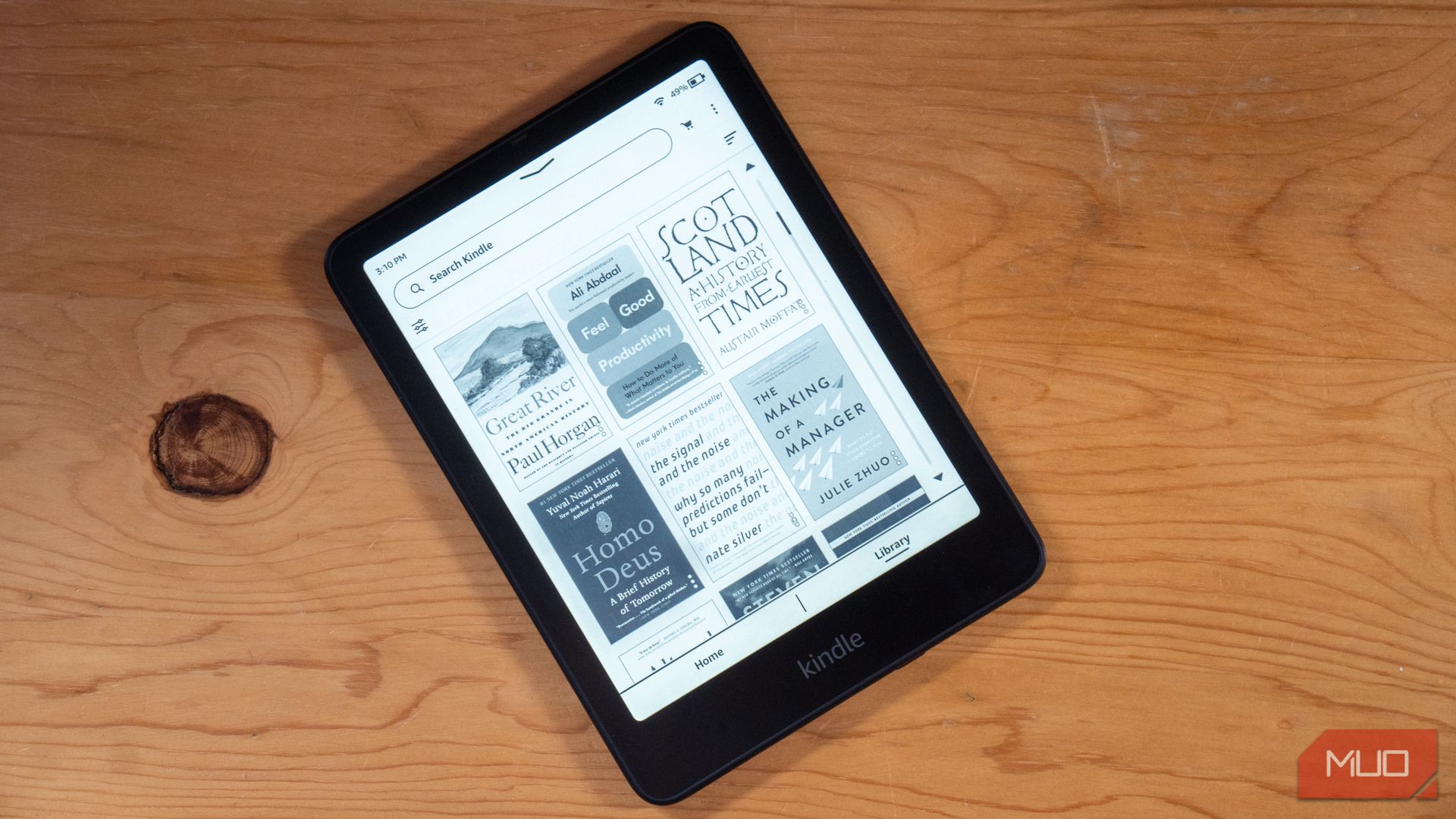
:max_bytes(150000):strip_icc()/vimeo-app-for-apple-tv-c0fc91865c994c2183b049caf0fd4f7b.jpg?w=1174&resize=1174,862&ssl=1)


:max_bytes(150000):strip_icc()/GettyImages-769733963-fcd2447383ca48aa998227af2f7789a8.jpg?w=1174&resize=1174,862&ssl=1)

Leave a Comment
Your email address will not be published. Required fields are marked *